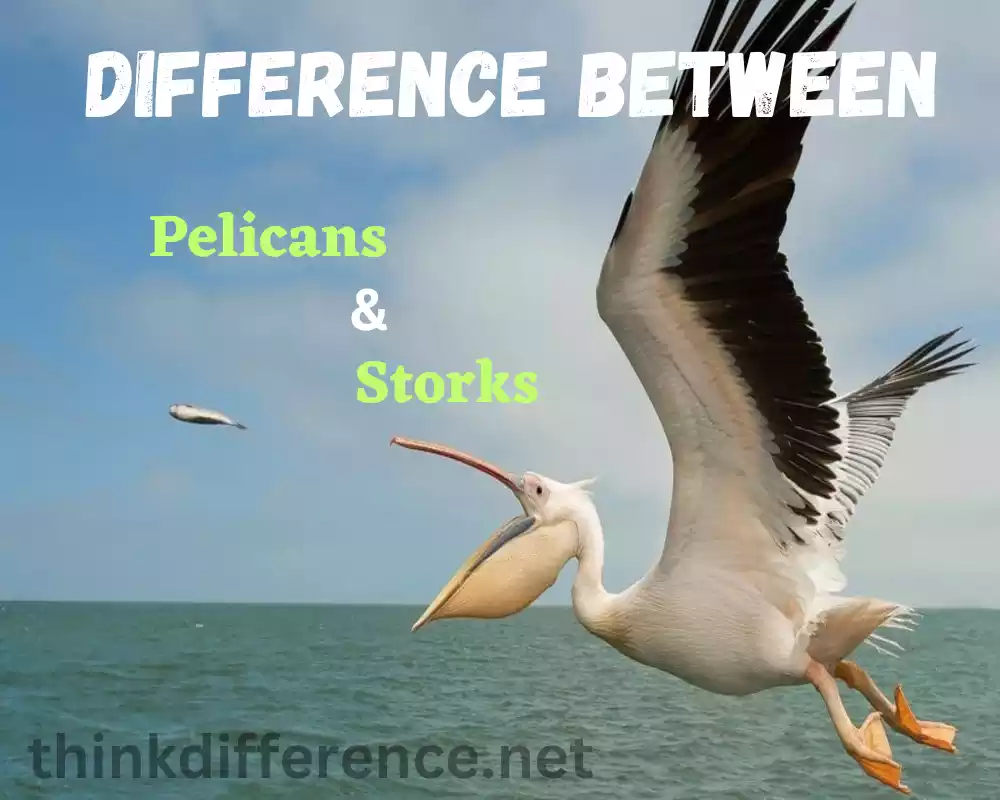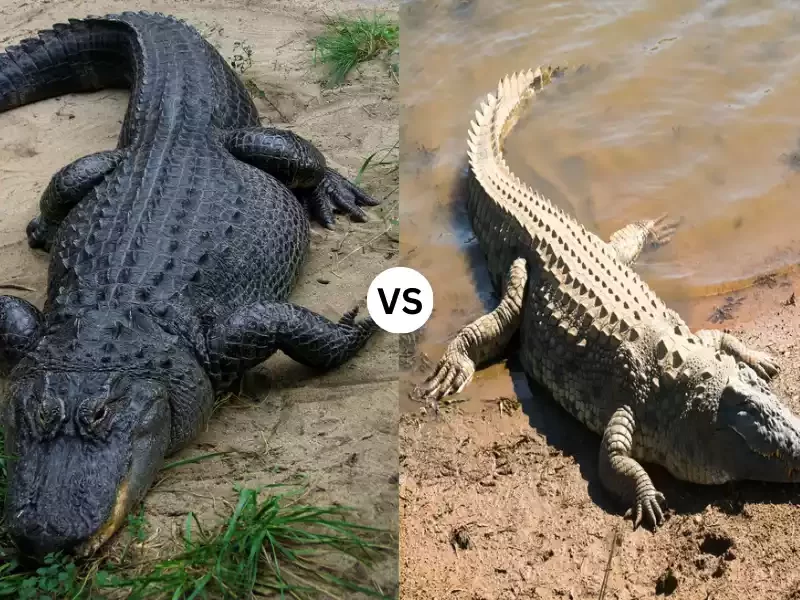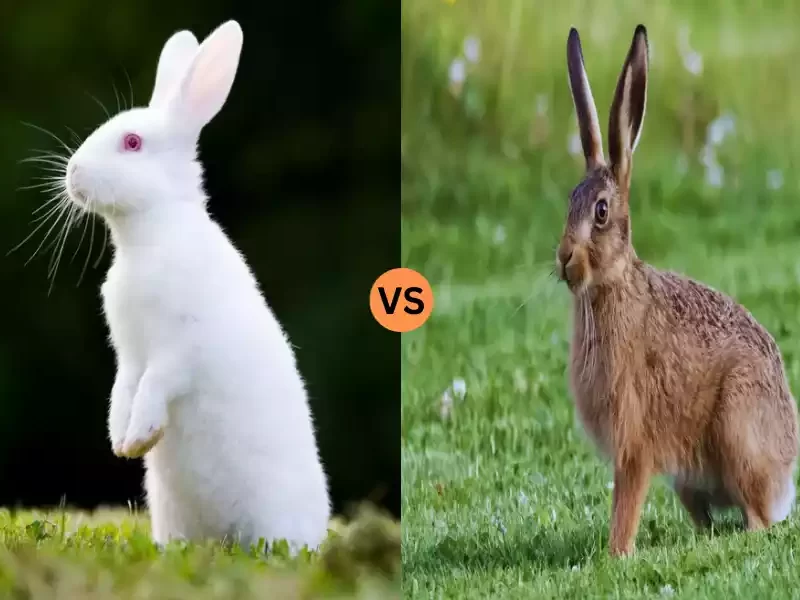Definition of Pelicans and Storks
Pelicans:
Pelicans belong to the Pelecanidae family of water birds and can be distinguished by their large throat pouches and webbed toes, along with their distinct feeding behavior and distinctive appearance. Pelicans can be found all around the world in both coastal and aquatic habitats and are well known for diving from above into waterways with great grace in order to catch fish.
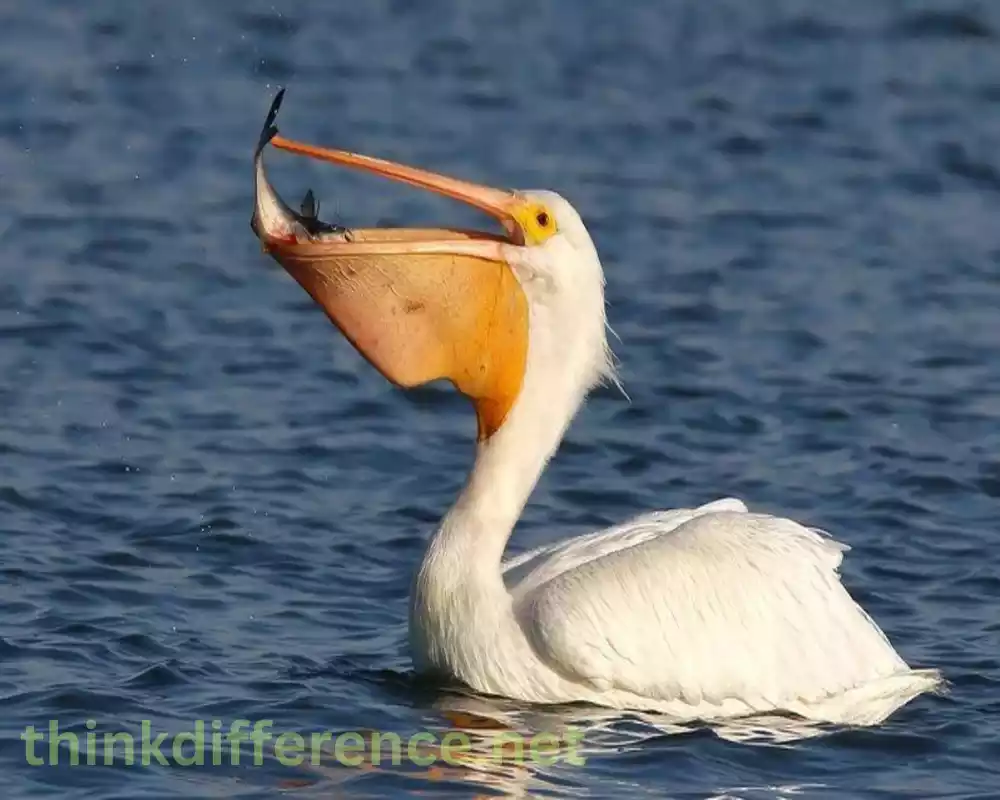
Their expandable pouches in their throats allow them to do just this while remaining graceful during flight. Pelicans play an integral part in ecosystems while their beauty makes them beloved animals in many cultures around the globe – pelicans are highly respected creatures!
Storks:
Storks, which belong to the Ciconiidae family of birds, are large wading birds with long legs adapted for wading in shallow waters. Storks possess distinctive appearance and nesting habits which set them apart. Storks can be found worldwide in wetlands, forests, grasslands and other environments.
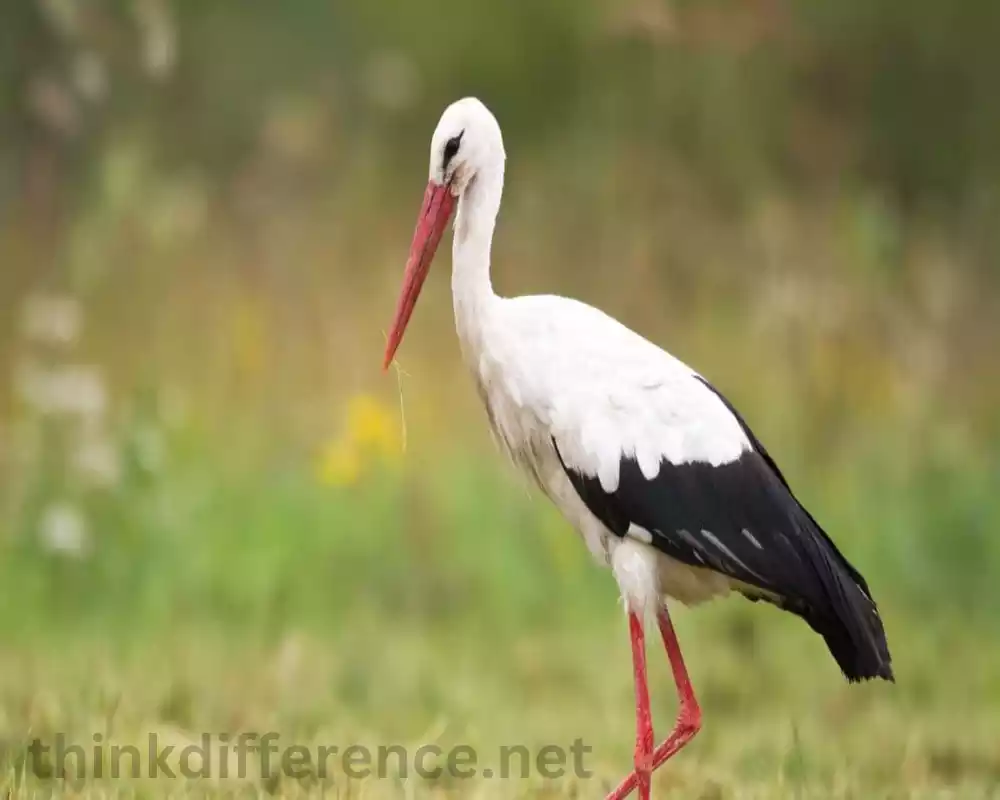
Storks are generally carnivorous birds that feed on amphibians and insects – usually by stalking prey before probing it with their bills in water or land environments. Storks create large nests often constructed out of manmade or treetop structures. As monogamous birds, storks return year after year to their nesting spots for mating purposes and eventually return as adults each spring. Some species migrate long distances while in many cultures they are revered as graceful flyers.
Physical Characteristics
Pelicans:
1. Size and Weight:
- Pelicans are large birds that typically measure between 4 to 6 feet (1.2 to 1.8 metres in length).
- Their wingspan ranges between six to ten feet (1.8 to 3.0 meters).
- Pelicans typically weigh 11 to 30 pounds (5 to 14.4 kilograms, depending on species.
2. Beak Shape and Size:
- Pelicans can be distinguished from one another by their long, straight beaks with an obvious hook at their tips.
- These birds possess large, flattened beaks which measure between 12-18 inches (30 to 45 centimeters).
3. Plumage Coloration and Patterns:
- Pelicans have predominantly white feathers on their bodies.
- Some species have additional markings black or brown patches on their wings or necks.
- During breeding season, some pelican species develop temporary vibrant colors, such as pink, orange, or red, on their bills, pouches, or feet.
4. Wing Span and Shape:
- Pelicans have broad wings with a characteristic shape.
- When in flight, their wings appear long and broad, allowing for efficient gliding and soaring.
Storks:
1. Size and Weight:
- Storks come in all sorts of sizes, with species spanning lengths between 0.8 to 1.7 metres (2.5-5.5 feet).
- Stork wingspan typically ranges between 5 and 8 feet (1.5 and 2.4 meters).
- Storks may range in weight from 4-15lbs (1.8-6 kilograms), depending on their species.
2. Beak Shape and Size:
- Storks have long, pointed beaks that are thicker at the base and taper to a point.
- Beak size can differ according to species, typically 8- to 12-inches (20-30 centimeters).
3. Plumage Coloration and Patterns:
- Storks commonly have white or light-colored feathers covering their bodies.
- Some species may have black or gray patches on their wings, necks, or heads.
- Storks often have bare skin patches on their faces or necks, which can vary in color from pink to red or black.
4. Wing Span and Shape:
- Storks have long, broad wings with a slightly rounded shape.
- Their wings are designed for soaring and gliding, allowing them to cover long distances during migration.
Habitat and Distribution
Pelicans:
1. Preferred Habitats:
- Pelicans inhabit various aquatic habitats estuaries and lagoons as well as lakes, rivers and coastal regions.
- They prefer habitats with abundant fish populations, as fish constitute their primary food source.
- Some pelican species may also inhabit inland wetlands and reservoirs.
2. Geographical Distribution:
- Pelicans have a global distribution, with different species found on various continents.
- The American white-pelican can be found throughout North America, though primarily within its range are United States, Canada, Mexico and parts of Central America and Mexico.
- Brown pelicans can be seen all along the coasts of America from the Caribbean and southern United States down through Central and South America.
- Great white pelicans can be found across Europe, Asia and Africa, specifically they inhabit Russia, India, China and sub-Saharan African nations.
Storks:
1. Preferred Habitats:
- Storks inhabit various environments wetlands and marshes as well as grasslands, savannahs and forested regions.
- They are often associated with areas that provide suitable foraging opportunities, including shallow waters for hunting prey.
- Some stork species may also frequent human-modified landscapes, such as agricultural fields or urban areas.
2. Geographical Distribution:
- Storks have a widespread distribution, with different species found in various regions of the world.
- White storks are famously well-known for their migration. Found across Europe and Africa as well as parts of Asia, white storks can often be found moving between breeding grounds and wintering grounds during their lifespans.
- The African openbill stork is found in sub-Saharan Africa, particularly in wetland habitats.
- The black-necked Stork can be found throughout Australia, New Guinea and parts of Southeast Asia.
- Different stork species have distinct geographic ranges and may have specific preferences for certain regions or habitats.
Feeding Behavior
Pelicans:
1. Hunting Techniques:
- Pelicans are primarily piscivorous, meaning they primarily feed on fish.
- They employ different hunting techniques depending on the species and habitat.
- One common hunting technique is plunge diving, where pelicans soar above the water and then dive headfirst from the air to catch fish.
- Pelicans have a specialized throat pouch that expands to scoop up fish and water during the dive.
- Some pelican species also engage in cooperative fishing, where they work together in groups to herd fish into shallow water or encircle them for easier capture.
2. Diet:
- The diet of pelicans mainly consists of various species of fish.
- They can consume a wide range of fish sizes, from small minnows to larger prey.
- In addition to fish, pelicans may also consume crustaceans, amphibians, and occasionally small mammals if available in their habitat.
Storks:
1. Hunting Techniques:
- Storks have different hunting techniques depending on their habitat and prey availability.
- They often employ stalking as a hunting technique, silently moving through shallow water or grasslands to surprise their prey.
- Storks have long, sharp beaks that they use to probe the ground or water to capture prey like fish, amphibians, insects, and small reptiles.
- They may also engage in visual hunting by standing or walking slowly in shallow water, waiting for prey to come within striking distance.
2. Diet:
- Storks have a varied diet that typically includes fish, frogs, small reptiles, insects, and occasionally small mammals or birds.
- Some stork species are opportunistic feeders and can adapt their diet based on the available food sources in their habitat.
- The specific diet of storks may vary depending on the species and the ecological characteristics of their preferred habitat.
Breeding and Reproduction
Pelicans:
1. Mating Behavior:
- Pelicans often form breeding colonies where they gather in large groups during the breeding season.
- Male pelicans engage in courtship displays to attract females, which can include head movements, bill clattering, and wing flapping.
2. Nesting Habits and Locations:
- Pelicans nests can be built anywhere from on the ground to trees to even high in the air depending on species and environment.
- Ground-nesting species create shallow depressions in the ground, usually lined with twigs, grass, or other vegetation.
- Tree-nesting species construct large stick nests high up in trees or on cliff ledges.
3. Incubation Period and Hatching:
- Pelicans lay 1 to 3 eggs, with the exact number varying by species.
- Both parents take turns incubating the eggs, with incubation periods typically lasting around 28 to 30 days.
- After hatching has occurred, parents will continue to care for and feed the chicks.
Storks:
1. Mating Behavior:
- Storks are generally monogamous, forming long-term pair bonds.
- During the breeding season, storks engage in elaborate courtship displays, which can involve bill-clattering, wing-flapping, and aerial acrobatics.
2. Nesting Habits and Locations:
- Storks build large, sturdy nests made of sticks, twigs, and other materials.
- They often reuse the same nest year after year, adding new material to it.
3. Incubation Period and Hatching:
- Storks typically lay 2 to 5 eggs, with both parents taking turns incubating them.
- Incubation periods for different species typically range between 30-40 days.
- Once their chicks hatch, both parents will work to feed and care for them as quickly as possible – helping ensure a swift development process.
It’s important to note that specific breeding and reproductive behaviors can vary among different pelican and stork species, so these descriptions provide a general overview of their typical breeding habits.
Social Behavior
Pelicans:
1. Group Structures:
- Pelicans are social birds and often gather in colonies, especially during the breeding season.
- Size can range anywhere from several dozen to several hundred colonies.
- Within a colony, pelicans may form smaller subgroups or clusters.
2. Communication Methods:
- Pelicans use various communication methods to interact with each other.
- They make a range of vocalizations, including squawks, grunts, and bill clapping, which are used for communication within the colony or during courtship displays.
- Body postures, movements, and displays also play a role in conveying messages among pelicans.
Storks:
1. Group Structures:
- Storks display varying degrees of social behavior depending on the species.
- Some stork species are solitary and prefer to forage and roost alone or in small family groups.
- Other storks, such as the white stork, are more social and form larger flocks, especially during migration or when gathering at favorable feeding sites.
2. Communication Methods:
- Storks communicate through vocalizations, primarily using calls and bill-clattering sounds.
- These vocalizations serve various purposes, including maintaining contact with mates or offspring, defending territory, and signaling alarm or aggression.
- Storks may also engage in visual displays, such as wing-spreading or head-bobbing, to convey messages or establish dominance.
The social behavior of both pelicans and storks is influenced by factors such as breeding activities, foraging behaviors, and communal roosting. While pelicans are known for their highly social and gregarious nature, storks exhibit a range of social behaviors, from solitary to more social and flocking tendencies depending on the species.
Conservation Status
Pelicans:
1. Threats:
- Pelicans face various threats that impact their populations and habitats.
- Habitat loss and degradation due to urbanization, coastal development, deforestation, and pollution pose significant challenges to pelican populations.
- Pollution, such as oil spills and chemical contaminants, can contaminate water bodies and affect the fish populations that pelicans rely on for food.
- Overfishing and competition for food resources also pose threats to pelicans in some areas.
- Climate change and its associated impacts sea-level rise and changes in precipitation patterns, can affect the availability of suitable nesting and foraging habitats for pelicans.
2. Conservation Efforts:
- Conservation efforts for pelicans focus on habitat protection, restoration, and management.
- Establishing and managing protected areas, including coastal reserves, wetlands, and nesting colonies, help safeguard important pelican habitats.
- Conservation organizations work to mitigate pollution sources and advocate for regulations that protect water quality and fish populations.
- Rehabilitation centers play a role in rescuing and rehabilitating injured or orphaned pelicans for release back into the wild.
- Public education and awareness campaigns help promote the importance of pelican conservation and foster community involvement.
Storks:
1. Threats:
- Storks face various threats that impact their populations and habitats.
- Habitat loss and degradation due to deforestation, drainage of wetlands, conversion of natural habitats for agriculture development, and urbanization are significant challenges.
- Changes in land-use practices and agricultural intensification may reduce the availability of suitable foraging areas and prey sources for storks.
- Pollution, such as water pollution from industrial and agricultural runoff, can affect the quality of wetland habitats and impact stork populations.
- Climate change can also influence the distribution and availability of suitable habitats for storks.
2. Conservation Efforts:
- Stork conservation efforts focus on habitat preservation, restoration, and management.
- Establishing protected areas, including wetland reserves and protected landscapes, helps safeguard crucial stork habitats.
- Wetland conservation and restoration projects aim to maintain and enhance suitable foraging and nesting habitats for storks.
- Collaboration with landowners, farmers, and local communities promotes sustainable land-use practices that benefit stork populations.
- International agreements, such as the Ramsar Convention on Wetlands, support stork conservation through the protection and management of wetland ecosystems.
Pelicans and storks alike are protected through habitat conservation, pollution controls, sustainable management practices and public awareness campaigns. Continued monitoring and adaptive management are crucial for addressing emerging threats and ensuring effective conservation outcomes.
Comparison table of Pelicans and Storks
Below is a comparison table highlighting some key differences between Pelicans and Storks:
| Feature | Pelicans | Storks |
|---|---|---|
| Family | Pelecanidae | Ciconiidae |
| Physical Size | Generally larger with long necks and large beaks | Varies in size, but typically tall with long necks and bills |
| Feeding Behavior | Plunge-divers, catch fish with pouches | Stalkers or probers, eat fish, frogs, insects, and small reptiles |
| Habitat | Aquatic habitats like coasts, lakes, and rivers | Diverse habitats – wetlands, grasslands, forests, and farmlands |
| Distribution | Found worldwide on all continents except Antarctica | Wide distribution but more concentrated in tropical and temperate regions |
| Social Behavior | Social, form breeding colonies and subgroups | Varies – some solitary, some form small family groups, others gather in flocks |
| Nesting Habits | Ground-nesting or tree-nesting species | Build large stick nests, often reusing the same nest year after year |
| Incubation Period | About 28 to 30 days for most species | Varies by species, typically 30 to 40 days |
| Number of Eggs Laid | 1 to 3 eggs | 2 to 5 eggs |
| Threats and Challenges | Habitat loss, pollution, overfishing, and climate change | Habitat loss, pollution, and changes in land use are significant challenges |
| Conservation Efforts | Focus on habitat protection and restoration, pollution control, and public awareness | Emphasis on habitat preservation, wetland conservation, and sustainable practices |
| Conservation Status | Various species are of least concern, vulnerable, or endangered | Some species are of least concern, while others are vulnerable or endangered |
The Impact of Human Activities on Pelicans and Storks
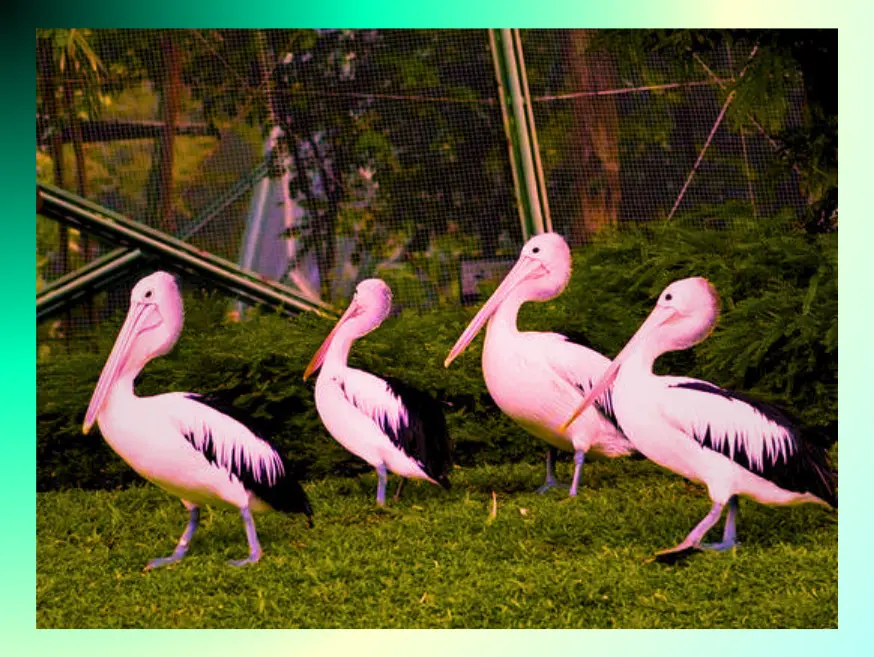
Human activities have a significant impact on pelicans and storks, affecting their populations and habitats in several ways:
- Habitat Loss and Degradation: Habitat loss and fragmentation is often due to human settlement expansion or agricultural activities. Wetlands, coastal areas, and forests, which are crucial for both pelicans and storks, are particularly vulnerable. Destruction of these habitats reduces their availability for nesting, foraging, and roosting, leading to population declines.
- Pollution: Pollution, such as oil spills, chemical contaminants, and marine debris, poses a significant threat to pelicans and storks. Oil spills can coat their feathers, impairing their ability to fly, thermoregulate, and hunt. Chemical contaminants from industrial and agricultural runoff can accumulate in their food sources, affecting their reproductive success and overall health.
- Overfishing and Competition for Resources: Pelicans, being primarily piscivorous, rely on healthy fish populations for their survival. Overfishing and unsustainable fishing practices can deplete fish stocks, reducing the availability of prey for pelicans. Competition for resources with human fisheries can also impact their ability to find an adequate food supply.
- Climate Change: Climate change has broad implications for pelicans and storks. Rising temperatures, altered precipitation patterns, and sea-level rise can affect their breeding habitats, migration routes, and food availability. Timing can have a big impact on bird reproduction cycles and food availability, altering how these affect each other.
- Disturbance and Human Interactions: Human activities, such as recreational boating, tourism, and disturbance of nesting sites, can disrupt the breeding behavior of pelicans and storks. Nest abandonment, reduced reproductive success, and increased stress levels are some of the consequences of excessive disturbance. Collisions with power lines, wind turbines, and other infrastructure pose risks to the birds during their flight.
Addressing the impact of human activities on pelicans and storks requires proactive conservation measures:
- Protecting and restoring critical habitats wetlands, coastal areas, and forests, to ensure the availability of suitable nesting and foraging grounds.
- Implementing sustainable fishing practices to preserve fish stocks and reduce competition with pelicans.
- Controlling pollution sources and promoting responsible waste management to mitigate the impacts of contaminants on the birds and their habitats.
- To protect these species and increase public understanding, it’s crucial to raise public awareness and engage in community-driven conservation initiatives.
- Incorporating climate change considerations into conservation strategies to facilitate adaptation and resilience for pelicans and storks.
- Enforcing regulations and guidelines to minimize disturbance to nesting sites and breeding colonies.
Pelicans, storks and other bird species found within our ecosystems can only remain sustainable through recognition of human activities’ negative impacts and taking steps to minimize them.
The Future of Pelicans and Storks: Challenges and Hope
The future of pelicans and storks is faced with both challenges and hope. While these bird species encounter various threats and pressures. There are also opportunities for their conservation and recovery:
Challenges:
- Habitat Loss and Fragmentation: The ongoing loss and degradation of habitats, including wetlands and coastal areas, pose significant challenges for pelicans and storks. Urbanization, agriculture and infrastructure development has reduced habitat availability to insects for migration, breeding and foraging purposes.
- Pollution and Contaminants: Pollution, including oil spills, chemical contaminants, and plastic pollution, remains a significant concern for pelicans and storks. These birds are highly vulnerable to the impacts of pollution due to their reliance on clean water and healthy prey populations. Efforts to mitigate pollution sources and improve waste management are crucial for their well-being.
- Climate Change: Climate change presents both storks and pelicans with unique challenges. Changes in their habitats and the availability of food resources can disrupt their breeding cycles and migration patterns. Adapting to these changes requires proactive conservation measures and the incorporation of climate change considerations into management plans.
Hope:
- Conservation Efforts: Conservation organizations, researchers, and local communities are actively working to protect and conserve pelicans and storks. Habitat restoration initiatives, the establishment of protected areas, and the implementation of sustainable practices contribute to their preservation. Collaborative efforts and partnerships among stakeholders play a crucial role in ensuring the success of conservation programs.
- Public Awareness and Education: Increasing public awareness about the importance of pelicans and storks fosters a sense of stewardship and encourages support for their conservation. Education campaigns, nature tourism, and citizen science initiatives help engage communities in bird conservation and foster a connection to these remarkable species.
- International Cooperation: International agreements and partnerships, such as the Ramsar Convention on Wetlands and regional conservation initiatives, provide a framework for global cooperation in the protection of wetland ecosystems, which are crucial for both pelicans and storks. Collaborative efforts at the global scale facilitate knowledge sharing, capacity building, and the implementation of conservation measures.
- Adaptive Management: Recognizing the dynamic nature of ecosystems and the evolving threats faced by pelicans and storks, adaptive management approaches are being adopted. Monitoring, research and adaptive management techniques allow for informed yet flexible decision-making aimed at conserving nature. With such techniques at our fingertips, conservation efforts remain effective even under changing environmental circumstances.
Pelicans and Storks can have a bright future by meeting challenges head on, seizing available opportunities and inspiring a collective commitment towards conservation. We can protect these iconic birds as well as their habitat by adopting conservation measures and engaging the public.
Summary
Pelicans and storks, with their captivating grace and ecological significance, continue to enthrall nature enthusiasts and birdwatchers worldwide. These avian wonders teach us valuable lessons about the delicate balance of nature and the importance of preserving their habitats. By understanding and appreciating these majestic birds, we can take the necessary steps to protect their existence for generations to come.

